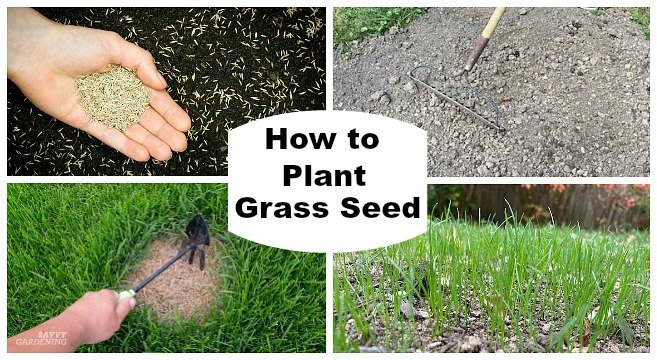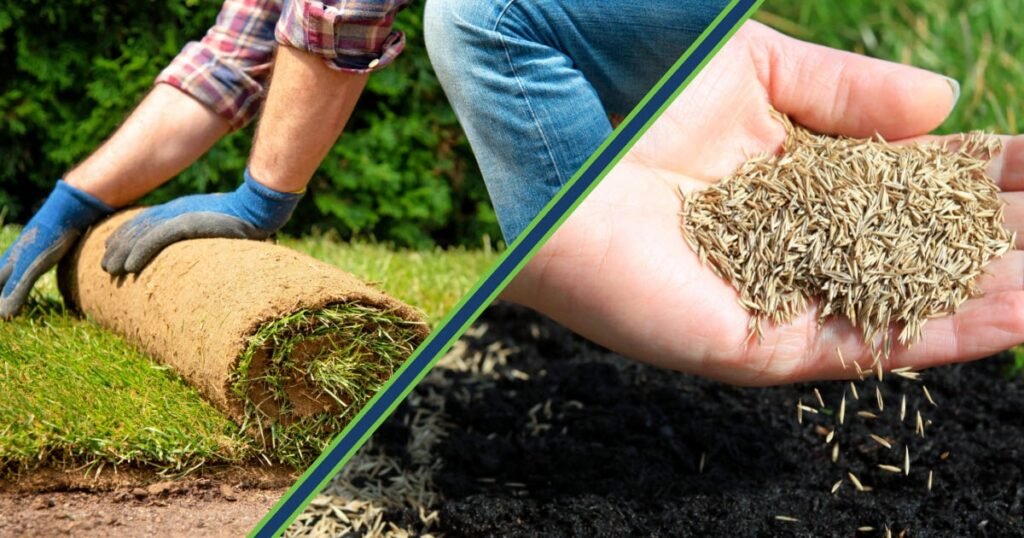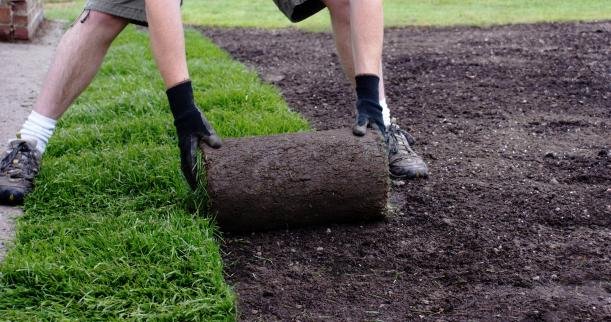Grass Planting
Grass planting refers to the process of establishing a new lawn or reseeding an existing one by planting grass seeds. It is a common method used to create lush, green lawns in residential and commercial landscapes.
There are various types of grass that can be planted, and the selection depends on factors such as climate, soil conditions, intended use, and personal preferences. Some common types of grass include:

- Kentucky Bluegrass: Known for its dense growth and deep green color, it thrives in cool climates and requires moderate maintenance.
- Bermuda Grass: A warm-season grass that is drought-tolerant and highly durable, making it suitable for areas with hot climates.
- Zoysia Grass: A warm-season grass that forms a dense, lush lawn and has good tolerance to heat, drought, and foot traffic.
- Fescue Grass: A cool-season grass that is adaptable to different climates and has good shade tolerance.
The key conditions for successful grass planting services include:
- Soil Preparation: The soil should be properly prepared by removing debris, weeds, and rocks, and ensuring it is well-drained and fertile.
- Sunlight: Most grass types require adequate sunlight for healthy growth. Ensure that the area receives the recommended amount of sunlight based on the specific grass type.
- Watering: Proper watering is crucial during the establishment phase. Adequate and consistent moisture is needed to help the grass seeds germinate and develop strong root systems.
- Temperature: Different grass types have specific temperature requirements for optimal growth. It is important to consider the climate and choose a grass type that is suitable for the local temperature conditions.


The steps involved in grass planting typically include:
- Soil Preparation: Clear the area of any debris, weeds, or existing grass. Loosen the soil and remove rocks to create a smooth surface.
- Seed Selection: Choose the appropriate grass seed based on the climate, soil conditions, and intended use of the lawn.
- Seeding: Spread the grass seeds evenly over the prepared soil using a seed spreader or by hand, following the recommended seeding rates.
- Raking: Gently rake the seeds into the soil to ensure good seed-to-soil contact and improve germination rates.
- Watering: Water the seeded area thoroughly and keep the soil consistently moist until the grass seeds germinate and establish, typically for a few weeks.
- Maintenance: Once the grass starts growing, follow proper maintenance practices such as regular watering, mowing, fertilizing, and weed control to promote healthy growth and maintain the desired lawn appearance.
Not every tree cutting requires a permit, but it depends on local regulations and the specific circumstances. Some areas may have restrictions on cutting certain tree species or require permits for tree removal. It is important to consult with local authorities or a tree cutting professional to determine if a permit is needed for a particular tree cutting project.
